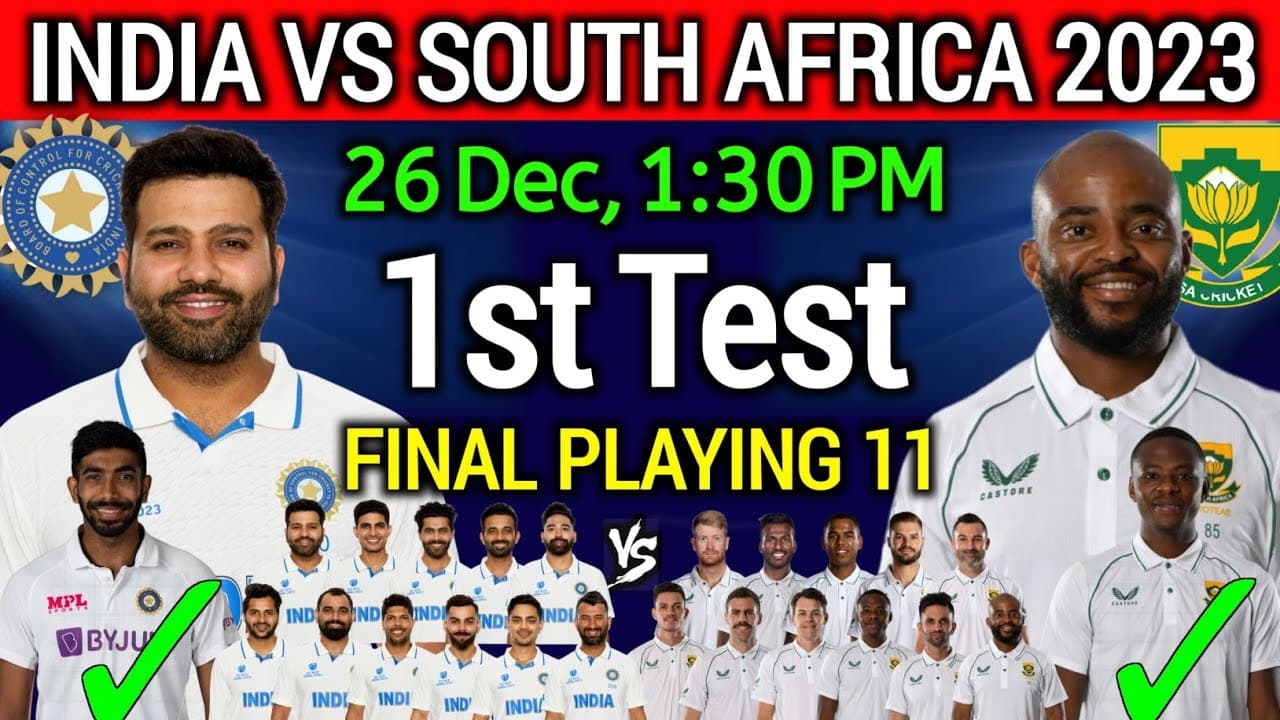Hamels, Braun, Kemp Lead Wave of Newcomers on Hall Ballot
Twelve first time eligibles headline a fresh Baseball Hall of Fame ballot, while Carlos Beltrán leads a slate of 15 holdovers and reignites debates over accountability and memory in the modern game. The makeup of this ballot matters because it reflects how baseball and its voters are wrestling with performance, controversy, and the sport’s commercial future.

The Baseball Writers Association of America released a ballot that introduces 12 newcomers, among them Cole Hamels, Ryan Braun, and Matt Kemp, while 15 holdovers return to a debate that has become as much about ethics and narrative as it is about statistics. Carlos Beltrán, whose name looms largest among the returning candidates, is again a focal point for conversations about sign stealing, player responsibility, and how a sport defines its heroes.
Cole Hamels arrives on the ballot with a résumé anchored by a World Series Most Valuable Player award and sustained success as a left handed starter. Ryan Braun returns to the spotlight as a former National League MVP whose career was shadowed by performance enhancing drug controversy. Matt Kemp, once one of the game’s most feared outfield sluggers, exemplifies the arc of talent and interruption that has shaped many recent candidacies. Together these newcomers amplify familiar themes about peak performance, longevity, and legacy.
The ballot is a snapshot of baseball’s recent history. Voters will weigh traditional milestones against era specific complications, from the steroid era to the sign stealing scandals that emerged in the late 2010s. Carlos Beltrán, associated with the Houston Astros episode that prompted league penalties and a national conversation about competitive integrity, remains a test case for how the Hall of Fame addresses transgressions that altered the outcomes of games and seasons.
Beyond the cloistered world of Cooperstown politics, these debates carry real commercial and cultural consequences. Hall of Fame induction raises players’ post career profiles, boosts memorabilia markets, and feeds broadcast narratives that drive ratings and sponsorships. Teams leverage Hall candidacies to shape branding and alumni relations. For Latin American communities, the question of who is enshrined touches on representation, access to the game’s highest honors, and the preservation of immigrant and diasporic contributions to baseball’s identity.
The ballot also reflects changing evaluative frameworks. Analytics have altered how voters interpret value and context, while traditional counting stats and milestone reverence still resonate with many electors. The coexistence of old and new metrics mirrors baseball’s broader cultural negotiation between nostalgia and modernization.
Socially, the contest over who merits Cooperstown is a proxy for wider American conversations about redemption, accountability, and the limits of second chances. Voters face the task of balancing on field excellence with off field behavior and the systemic pressures that shaped players’ decisions. How the Hall responds will signal whether the institution prioritizes statistical accomplishment, moral reckoning, or some mixture of both.
The BBWAA electorate will cast ballots in the coming months, with results traditionally unveiled in January. Whichever names make it to Cooperstown will not only enter a museum, they will help define the story baseball tells about itself for generations to come.


